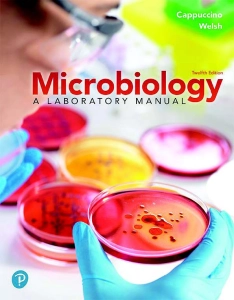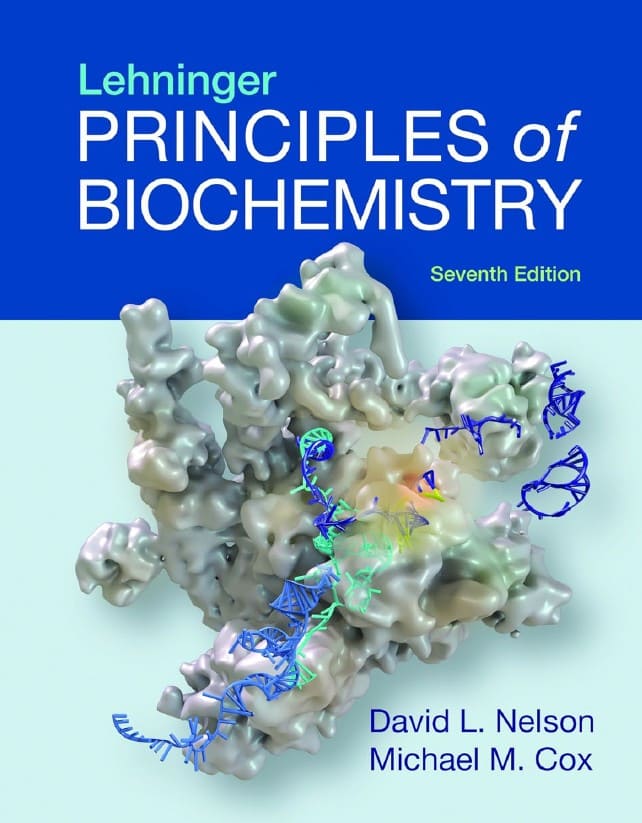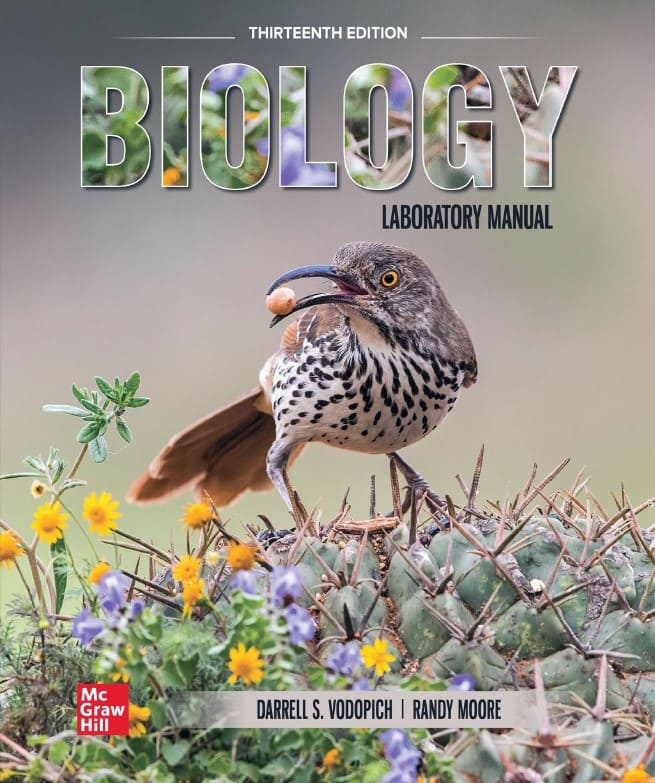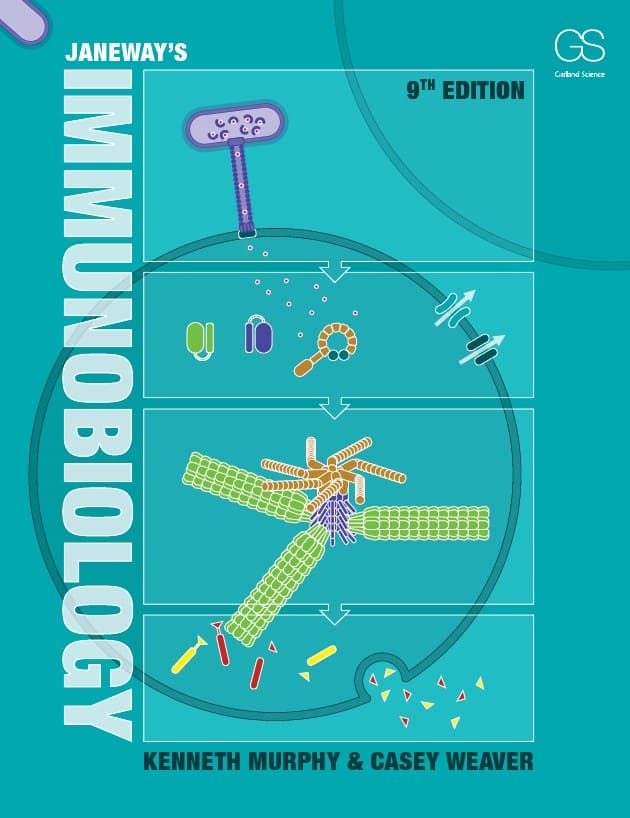 Explore Microbiology: A Laboratory Manual (12th edition) by James G. Cappuccino & Chad T. Welsh.
Explore Microbiology: A Laboratory Manual (12th edition) by James G. Cappuccino & Chad T. Welsh.
According to the authors, “Microbiology is a dynamic science. It constantly evolves as more information is added to the continuum of knowledge, and as microbiological techniques are rapidly modified and refined. The twelfth edition of Microbiology: A Laboratory Manual continues to provide a blend of traditional methodologies with more contemporary procedures to meet the pedagogical needs of all students studying microbiology.
As in previous editions, this laboratory manual provides a wide variety of critically selected and tested experiments suitable for undergraduate students in allied health programs, as well as elementary and advanced general microbiology courses.
This laboratory manual helps students develop manipulative skills and techniques essential for understanding the biochemical structure and function of a single cell. Its main goal is to encourage students to apply these laboratory skills in the vocational field of applied microbiology and allied health or to study life at the molecular level.
In this manual, we begin each major area of study with comprehensive introductory material, then specific explanations and detailed directions precede each experiment. This approach augments, enhances, and reinforces course lectures, enabling students to comprehend more readily the concepts and purposes of each experiment. This also provides a review aid if the laboratory and lecture sections are not taught concurrently.
The manual should also reduce the time required for explanations at the beginning of each laboratory session and thus allow more time for performing the experiments. Finally, the supplies, equipment, and instrumentation for the experimental procedures can be commonly found in undergraduate institutions.
This manual consists of 72 experiments arranged into 15 parts. The experiments progress from basic and introductory, which require minimal manipulations, to more complex, which require more sophisticated skills. The format of each experiment is intended to facilitate presentation of the material by the instructor and to maximize the learning experience.
For this twelfth edition, the primary aim was to build upon and enrich the student experience. The changes described below impart the relevance of microbiological lab techniques to published standard protocols, and enhance student understanding in the validity of each of the microbiological procedures as they apply laboratories in both the educational and industrial setting.
Contents
- Basic Laboratory Techniques for Isolation, Cultivation, and Cultural Characterization of Microorganisms
- Microscopy
- Bacterial Staining
- Cultivation of Microorganisms: Nutritional and Physical Requirements, and Enumeration of Microbial Populations
- Biochemical Activities of Microorganisms
- The Protozoa
- The Fungi
- The Viruses
- Physical and Chemical Agents for the Control of Microbial Growth
- Microbiology of Food
- Microbiology of Water
- Microbiology of Soil
- Bacterial Genetics
- Medical Microbiology
- Immunology
Explore Microbiology: A Laboratory Manual (12th edition) by James G. Cappuccino & Chad T. Welsh in pdf.
Password: biology.com.pk
File Size: 12.9 MB. Pages: 561. Instructions. Kindly read the disclaimer.
You can also purchase Microbiology: A Laboratory Manual (12th edition) by James G. Cappuccino & Chad T. Welsh from Amazon by clicking the image below.
You may also like to explore the following:
- Benson’s Microbiological Applications: Laboratory Manual in General Microbiology (14th Concise Ed.) by Alfred E. Brown and Heidi R. Smith
- Microbiology: A Laboratory Manual (11th Global Ed.) by James G. Cappuccino and Chad Welsh
- Biology Laboratory Manual (13th International Student Ed.) by Darrell S. Vodopich and Randy Moore
Explore hundreds of best-selling books in Biochemistry, Biology, Botany, Medicine, Microbiology, Psychology, and Sociology in the Biological Sciences Section.
Happy studying!





